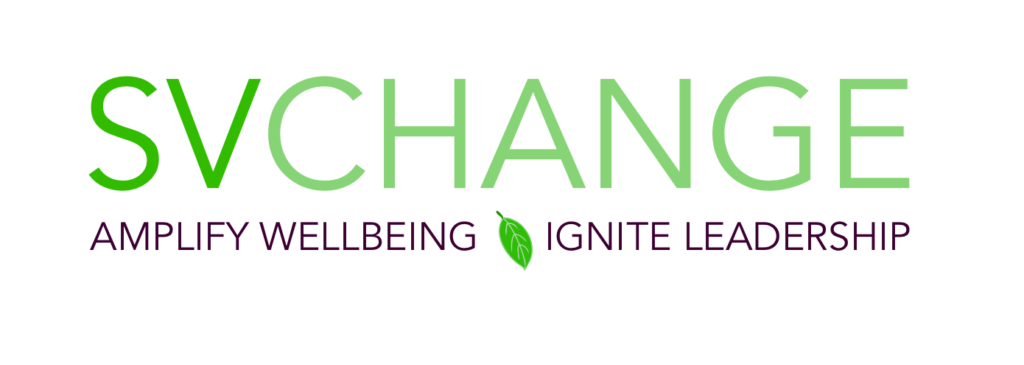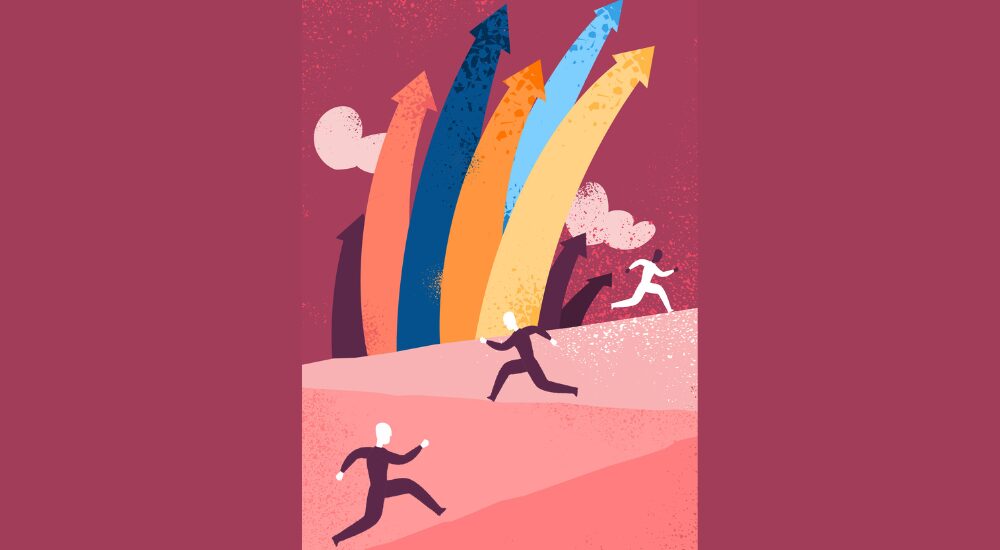Written by Sherri
When you intend to do something, do you leave a lot of latitude for not doing it? If you are a chronic procrastinator, you might. Intending to do something, in a well-meaning sort of way, implies that you probably will do it. I’ll probably do it this week. I’ll probably get around to it later. That approach sounds hopeful. Probable. Possible. Maybe even likely.
It also gives you gentle permission not to take action.
This blog series looks first at the beliefs and emotions that may be underlying your procrastination. In Part Two you’ll learn how mindfulness interval training can help you manage barriers to action. In Part Three, you’ll learn how building micro-habits can bust procrastination and increase your bias for action.
~~~~~~~~~~
There are several ways to energize your accomplishment rather than your avoidance of tasks, whether for small objectives like ones on a revolving to-do list, or for bigger goal-setting and habit-building. To help you manage procrastination, you’ll want to manage the gap between your intention to “probably” act and a more effective step-wise plan.
Do you have a “probably” problem?
Without action, even a small goal cannot be achieved. I work with clients like Denisa. I’ve known her in various life contexts: Student, job seeker, and new worker. As an entry-level web designer in a small company, she now needs to upgrade her strategies for procrastination management. Without the external structure and rules that came with school assignments, deadlines, and grades, Denisa has reverted to saying she will probably do things.
First, this was apparent in Denisa’s personal life.
She described dishes and laundry piling up in her apartment. “I’ll probably do them this weekend,” she said. Every horizontal surface is covered with clutter. “I’ll probably sort through those things during my day off,” she imagined. Recently, though, Denisa was “probably” going to pay her bills. This meant she also had to pay the “expedited” fee to get her rent to the landlord on time.
Now this has begun to shade into her work life, too. Her contributions to team projects are reliably…late. Her work area is…spreading. Her repertoire of excuses is…growing. The problem is not that Denisa doesn’t know what to do. She is often quite motivated to complete a task, and feels sincerely like it’s a 9+ on a scale of 10. But when she only commits to probably doing it, I know Denisa must work to overcome the gap between her good intentions and taking measurable action.
Ways to get from intention to action
Intending, or being inclined to do something, is one common goal-setting approach. While it may make you more likely to do something, like Denisa, you will still need to take action to get past probably and reach your goal. There could be just one or many reasons for taking action.
Whether you intend to do something or not do it, all tasks require a moment of either unconscious or conscious decision-making.
Unconscious decisions, such as habits, are automatic. In this way habits are desirable shortcuts. They don’t require decision-making moments. While not all habits are desirable, you can imagine why getting back all of those accumulated moments is generally a good thing!
Conscious decisions require both mental awareness and active choice. This is where probably can shade into procrastination.
What motivates someone to take action? It might be to please someone else, avoid a negative consequence, or achieve a reward.
For Denisa, all of these fairly predictable external motivators were in place when she was a student, and they made it easier for her to stick to procrastination busters. In her new workplace, though, she needed a refresher on why she struggled to get past probably, how to get focused (see Part Two), and ways to build micro-habits (see Part Three).
Notice the emotions that energize procrastination
Procrastination is your brain’s way of supporting you to feel better temporarily when you are perhaps feeling angry, anxious, or overwhelmed. In this way it’s a helper. Each time you procrastinate, though, you are giving up the chance to become more skilled, efficient, and self-regulated. You may find it gets even harder to engage in making effective behavior choices, and future goal-directed action may become more difficult.
Procrastination also cheats your brain out of acquiring the ease that comes with intentional habits–the repeated automatic behaviors that will free up your more effortful thinking and allow you greater ease and productivity.
Probably is both a thought and an emotion barrier that must be overcome in order for a person to take action. When you are experiencing task avoidance bolstered by a negative mood, it is particularly easy to benefit from the escape hatch of “probably” and not take action as a result. Unfortunately, as Denisa discovered, this creates a feedback loop. She had successfully escaped a variety of tasks, which gave her temporary relief, but this now increased the likelihood that she would procrastinate again.
Written by Sherri










